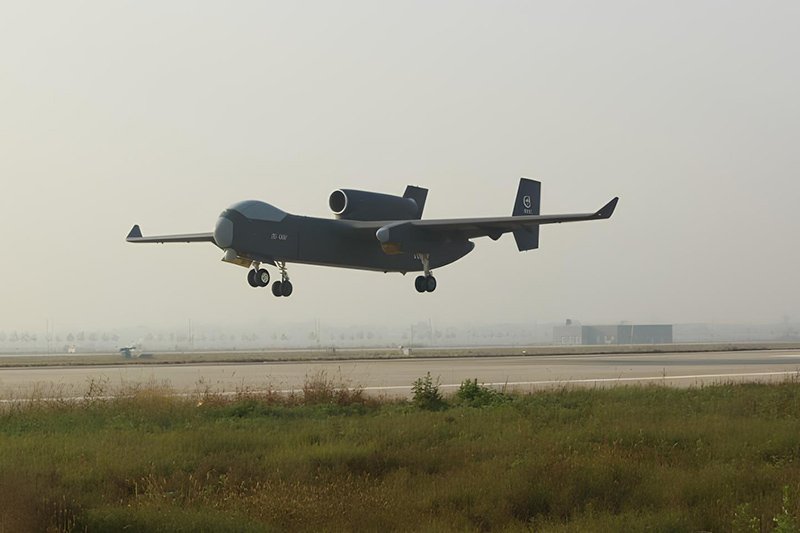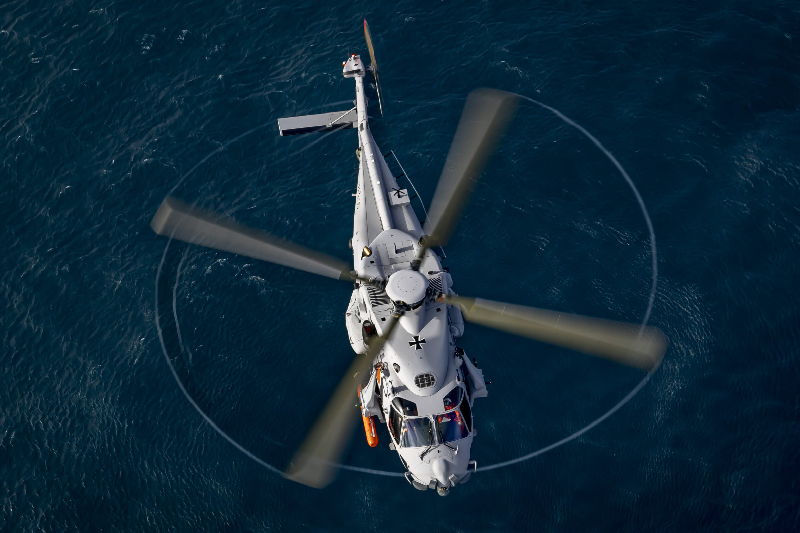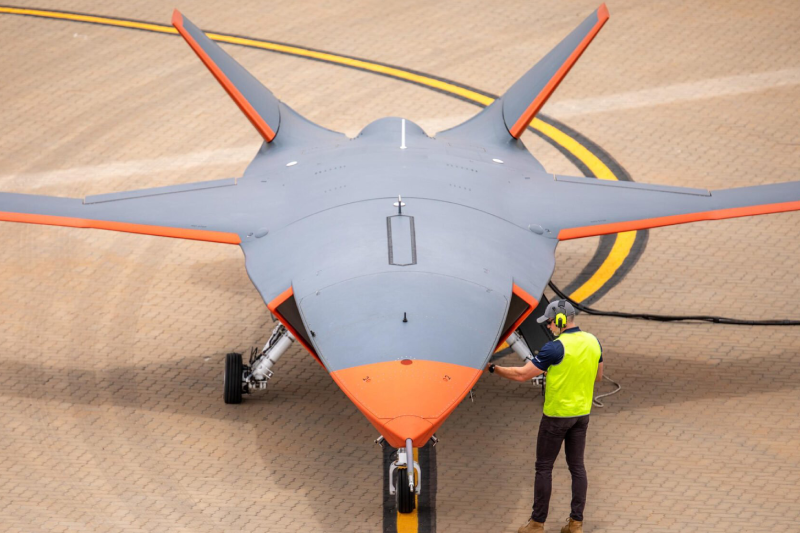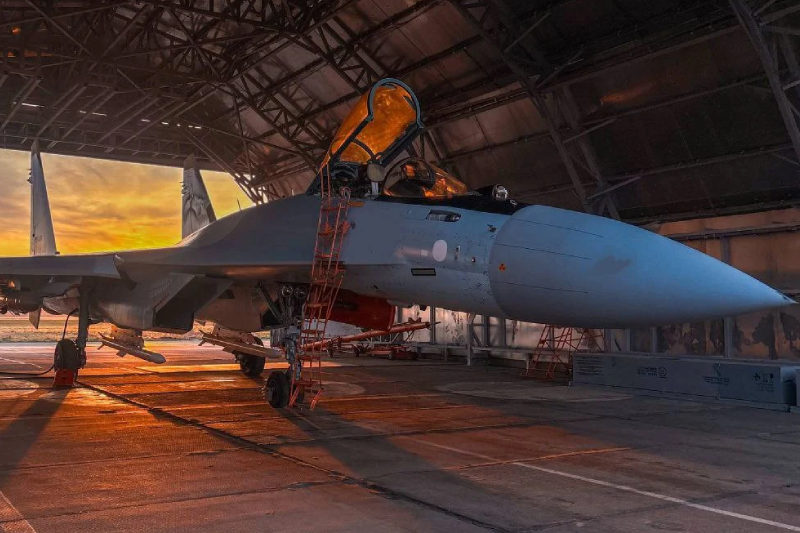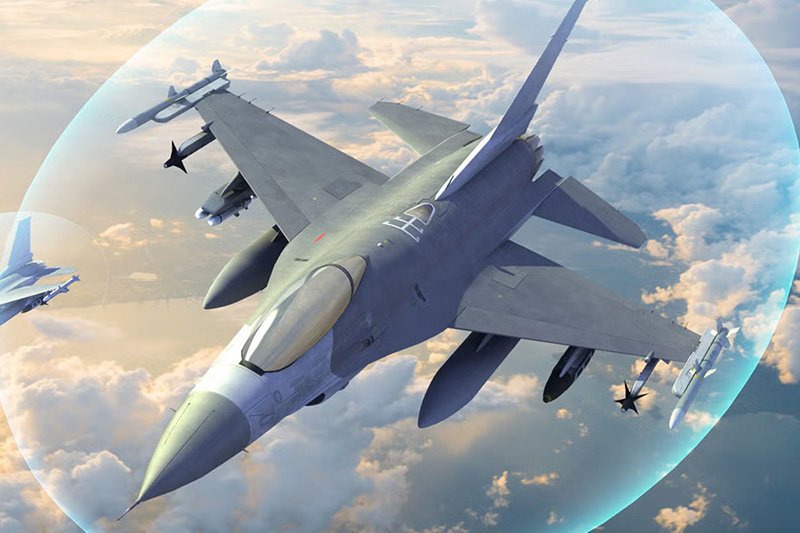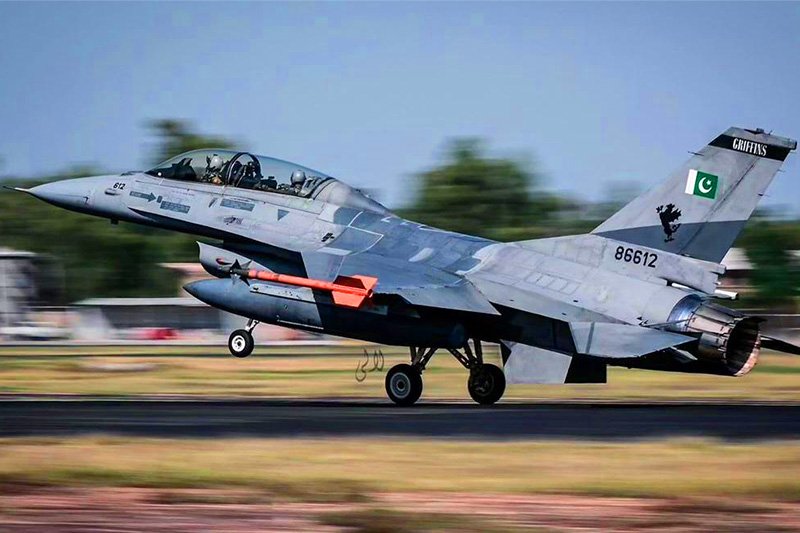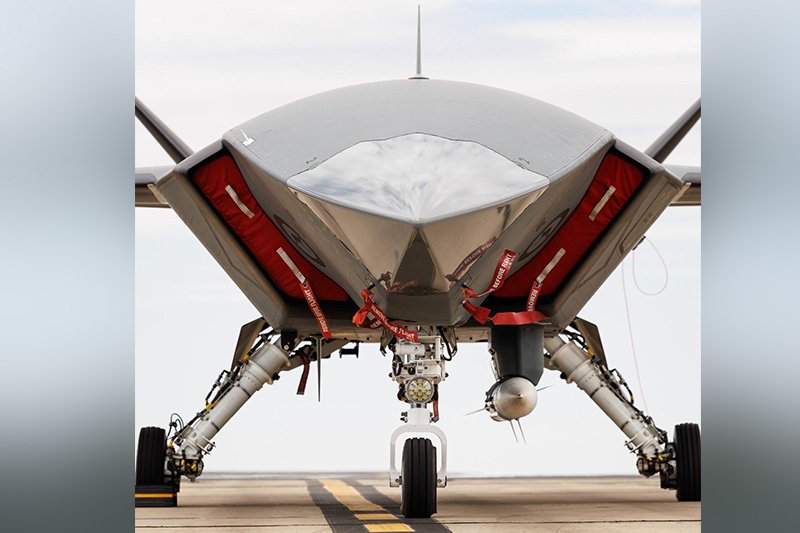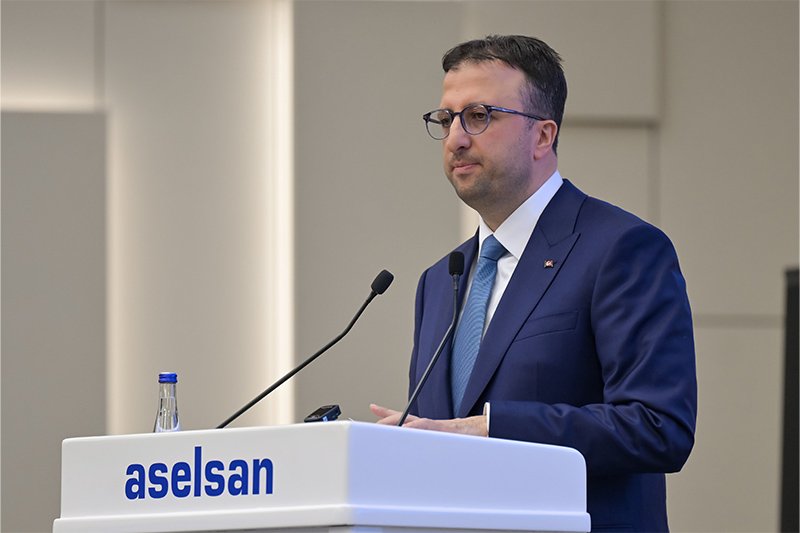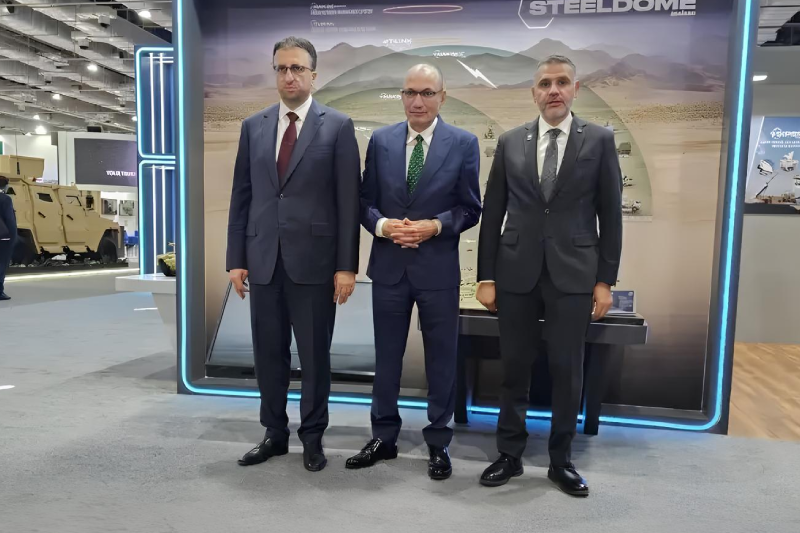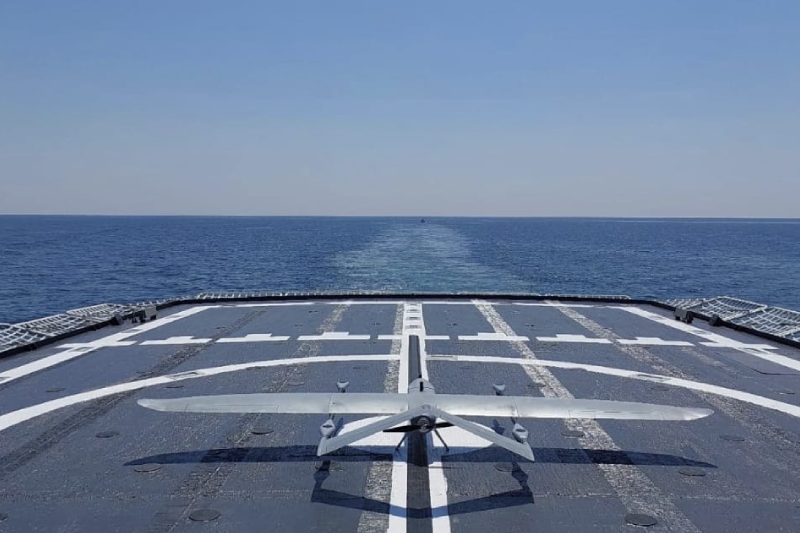Turkiye Showcases Next-Gen Autonomous Maritime Drone Technology
Turkiye’s leading defense contractor Havelsan is revolutionizing naval warfare capabilities through the development of advanced maritime autonomous drone technology designed to enhance maritime surveillance and reconnaissance operations. The innovative maritime autonomous drone technology incorporates vertical takeoff and landing (VTOL) capabilities with fixed-wing efficiency, creating versatile platforms that operate independently or integrate seamlessly with naval vessels and unmanned surface platforms. This groundbreaking advancement positions Turkiye as a major player in the rapidly evolving autonomous maritime systems market.
Comprehensive VTOL Drone Portfolio
Havelsan has developed three distinct VTOL fixed-wing drone variants specifically designed for maritime operations: the BAHA Autonomous Submarine UAV, BOZBEY Autonomous Submarine UAV, and BULUT Autonomous UAV. Each platform offers unique capabilities tailored to specific operational requirements while maintaining compatibility with various naval platforms. The diverse portfolio ensures that maritime forces can select the most appropriate drone configuration for mission-specific requirements while benefiting from standardized training and maintenance procedures.
Robotic Autonomous Systems
Since 2019, Havelsan’s Robotic Autonomous Systems Center has been at the forefront of developing comprehensive unmanned systems across aerial, ground, and maritime domains. This integrated approach enables the company to create synergistic platform ecosystems that maximize operational effectiveness while reducing development costs. The center’s multidisciplinary expertise ensures that maritime autonomous systems benefit from advances in related unmanned technologies, creating more capable and cost-effective solutions.
Advanced VTOL Technology
The revolutionary VTOL capability of Havelsan’s maritime drones eliminates the traditional requirement for runway infrastructure, enabling deployment from virtually any naval platform regardless of size or configuration. This runway-independent operation significantly expands potential deployment scenarios while reducing the logistical complexity associated with traditional fixed-wing aircraft operations. The vertical takeoff and landing capability ensures that even smaller vessels can benefit from advanced reconnaissance and surveillance capabilities previously reserved for larger platforms.
Modular Architecture
The drones feature sophisticated modular architecture that allows for rapid reconfiguration based on specific mission requirements and payload needs. This flexibility enables operators to customize sensor packages, communication equipment, and specialized payloads without requiring entirely different aircraft platforms. The modular design approach reduces lifecycle costs while ensuring that evolving mission requirements can be accommodated through incremental upgrades rather than complete platform replacement.
Havelsan’s partnership with DESAN Shipyard for deploying BOZBEY drones on a 99-meter multipurpose mission ship delivered to Malaysia’s Maritime Enforcement Agency represents a significant international breakthrough. This comprehensive contract includes training, integration, logistics, and ongoing support services, demonstrating Havelsan’s capability to deliver complete maritime drone solutions. The Malaysian deployment serves as a crucial reference for future international contracts while validating the technology’s real-world operational effectiveness.
Variable Payload Capacities
The three drone variants offer different payload capacities and endurance profiles to match specific operational requirements: BULUT carries 5 kilograms for six hours, BOZBEY manages 3 kilograms for six hours, and BAHA handles 2 kilograms for two hours. This range of capabilities ensures that maritime operators can select the most appropriate platform for their mission profiles while optimizing endurance and payload capacity. The varied specifications enable cost-effective mission planning by matching platform capabilities to specific operational needs.
Enhance Maritime Effectiveness
The drones demonstrate exceptional operational capability in challenging maritime weather conditions, including sub-cloud operations in light rain or snow conditions. This all-weather reliability provides significant advantages in the variable maritime environment where weather conditions can change rapidly. The robust environmental performance ensures consistent operational availability while reducing mission delays caused by adverse weather conditions that might ground conventional aircraft.
Advanced Command and Control Integration
Havelsan’s sophisticated command-and-control system enables seamless coordination between drones, unmanned maritime vehicles, and traditional naval platforms. This integrated approach maximizes operational efficiency by creating comprehensive situational awareness across multiple platform types. The coordinated operations capability allows for complex mission profiles that leverage the unique strengths of different platform types while maintaining unified command authority.
Electronic Warfare Resistance
The maritime drone systems incorporate advanced electronic warfare countermeasures that enhance operational reliability in contested electromagnetic environments. These protective systems ensure continued functionality even when facing sophisticated jamming attempts or electronic attack systems. The electronic warfare resistance capability is particularly critical for maritime operations where platforms may face advanced electronic threats from adversary naval forces.
Also read this: Raytheon Secures $72M Deal for TOW Missile Targeting System
The autonomous drone systems provide comprehensive solutions for coastal and border security missions, disaster response operations, and search-and-rescue scenarios where traditional platforms may prove inadequate. Their ability to operate independently across wide areas while maintaining real-time communication links makes them ideal for extended maritime patrol missions. The strategic applications extend beyond military operations to include civilian maritime security and emergency response capabilities.
Turkiye’s advancement in maritime autonomous drone technology through Havelsan’s innovative VTOL platforms represents a significant leap forward in naval capabilities, offering enhanced surveillance and reconnaissance while demonstrating the nation’s growing expertise in autonomous systems development.
Join us on Facebook, Twitter, YouTube, Instagram, and TikTok for real-time coverage of defense events worldwide.
Discover more from International Defence Analysis
Subscribe to get the latest posts sent to your email.


